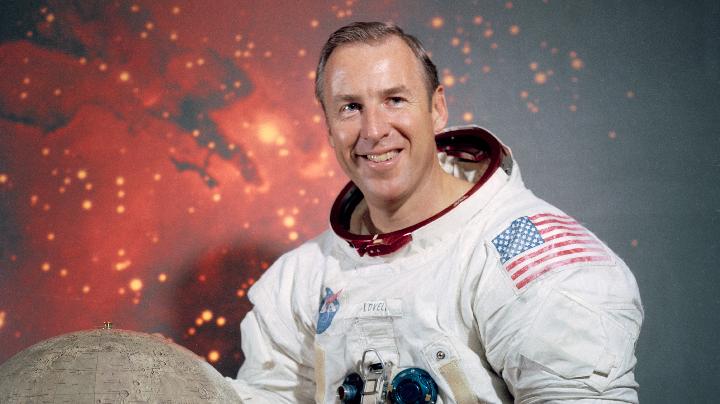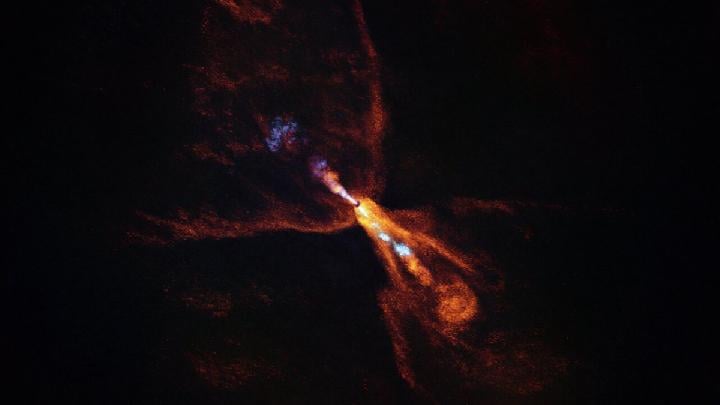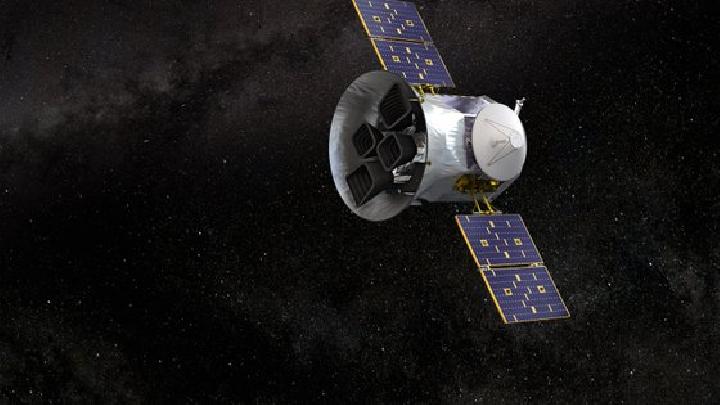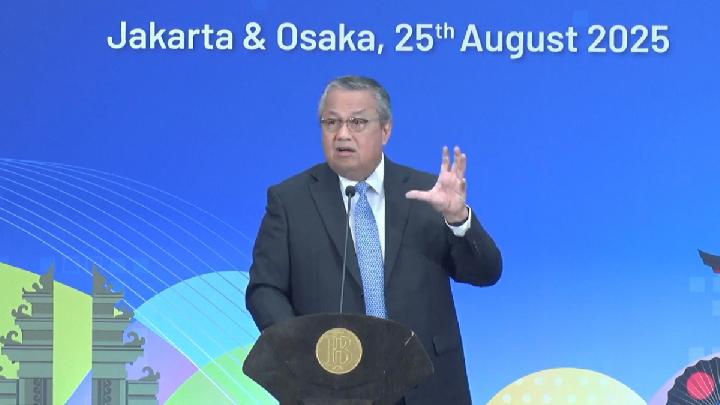August 14, 2025 | 02:54 pm

TEMPO.CO, Jakarta - August 2025 has been a gift to skywatchers, and the planets visible tonight during the rare alignment may be its most dazzling highlight yet. Just days after brilliant meteor showers lit up our skies, stargazers have another reason to look up in awe.
From August 17 to 26, this rare “planet parade” will sweep across the sky, offering a breathtaking finale to the month’s cosmic show. So, grab a blanket, find a dark patch of sky, and witness one of the year’s most spectacular space events.
What is a Planet Parade?
With Venus and Jupiter preparing to part ways after their gleaming conjunction on Tuesday evening, August 12, the sky is set for the planet parade’s grand peak. This celestial shift marks the moment when multiple planets will shine brightly enough to be admired with the naked eye.
As described by TomorrowsWorldToday, a planet parade occurs when a group of planets lines up on the same side of the Sun. This extraordinary and rare event transforms the night sky into something far more spectacular than your usual starry view.
When is the Planet Parade Happening?
The highly anticipated planet parade, commonly referred to as a planetary alignment, will make its debut on Sunday, August 17, with six celestial planets stepping into view: Mercury, Venus, Jupiter, Saturn, Uranus, and Neptune.
According to Live Science, this rare planet alignment will grace the night sky until Wednesday, August 20, 2025, offering skywatchers an unmissable window to witness the solar system’s grandeur in motion.
Forbes added that Jupiter, Venus, and Mercury are arranging themselves into an elegant pre-dawn arc. As the waning crescent moon thins with each passing day, the spectacle reaches its pinnacle on August 20, when a delicate 9% crescent moon will rest beside Venus, presenting a poetic touch to the celestial scene.
What Planets Are Visible Tonight?
August 2025 promises a feast for the eyes of stargazers and night-sky enthusiasts, with multiple planets putting on a celestial show. According to Space.com, by August 15, the sky’s two brightest planets, Jupiter and Venus, will be within just 3 degrees of each other, giving earthbound viewers an easy chance to spot them side by side.
As the week goes on, sky-watchers will find each planet visible in the rare parade, with Jupiter, Saturn, Venus, and Mercury shining brightly to the naked eye. In contrast, spotting Uranus and Neptune will require a telescope due to their distance and relative obscurity.
Planets to See in August 2025
As noted by NASA and USA Today, cosmic hunters are in for a zestful journey throughout this month. At the top of the planet alignment tonight, you can witness multiple planets in the sky, whether you are gazing with your naked eyes or peering through binoculars and or a telescope. Among the celestial highlights in August 2025 are:
Jupiter: visible every morning in the east.
Venus: shining in the east, about 20 to 30 degrees above the horizon.
Mercury: visible above the horizon in the second half of the month.
Mars: visible about an hour after the sky gets to darken in the west.
Saturn: rising around 10 p.m. throughout August.
According to the Star Walk app, the next planetary alignment will occur on February 28, 2026, featuring Mercury, Venus, Neptune, Saturn, Uranus, and Jupiter. The site then added that the next full planet parade of seven planets will likely happen on February 3, 2034.
Editor's Choice: A Complete Guide to the Perseid Meteor Shower in Singapore 2025
Click here to get the latest news updates from Tempo on Google News
Jim Lovell, Legendary Astronaut and Apollo 13 Mission Commander, Passes Away at 97
1 hari lalu

Here is the figure of Apollo 13 mission commander, Jim Lovell. He passed away at the age of 97.
Astronomers Observe Dawn of New Solar System
26 hari lalu

For the first time, astronomers have successfully observed the earliest stages of planet formation around a star outside our solar system.
NASA Detects Signals from 'Zombie' Satellite Dormant for Six Decades
38 hari lalu

Researchers say the signal originates from Relay 2, a communication satellite launched in 1964 and ceased functioning in 1967.
Netflix Partners with NASA to Show Space Exploration
43 hari lalu

Named NASA+, the live space exploration program will be available on the main page of Netflix soon.
NASA's James Webb Telescope Unveils Largest-Ever Map of the Universe
11 Juni 2025

A team of scientists spent two years processing data and creating a map of the universe using Nasa's James Webb telescope.
Axiom 4 Space Mission Launches with 60 Scientific Studies from 31 Countries
4 Juni 2025

Four astronauts will launch with the Dragon capsule powered by SpaceX Falcon 9 rocket from the Kennedy Space Center, NASA, on June 10 EDT.
Arctic Warming Disrupts Ocean Currents, Could Trigger Major Floods in the US
3 Juni 2025

The Arctic is now warming faster than most other regions in the world, potentially disrupting the key current that distributes global heat.
Trump Cancels Plan to Appoint Elon Musk's Friend as NASA Chief
2 Juni 2025

It is still unclear what reasons led to Trump's change of heart. Is it because of a strained relationship with Elon Musk?
Latest NASA Study Finds Venus Likely Still Geologically Active After Decades
26 Mei 2025

The surface of Venus is still being shaped by activities from within the planet, more than 30 years after NASA's Magellan spacecraft mapped its surface.
Trump Cuts NASA Budget, US House Worries About Asteroid Strike
19 Mei 2025

The US House Committee on Space, Science, and Technology has expressed concerns over President Donald Trump's plan to cut the budget for the National Aeronautics and Space Administration (NASA) by up to 24 percent.


















































:strip_icc():format(jpeg)/kly-media-production/medias/5243277/original/092151900_1749100247-front-view-cute-little-boy-listening-music.jpg)